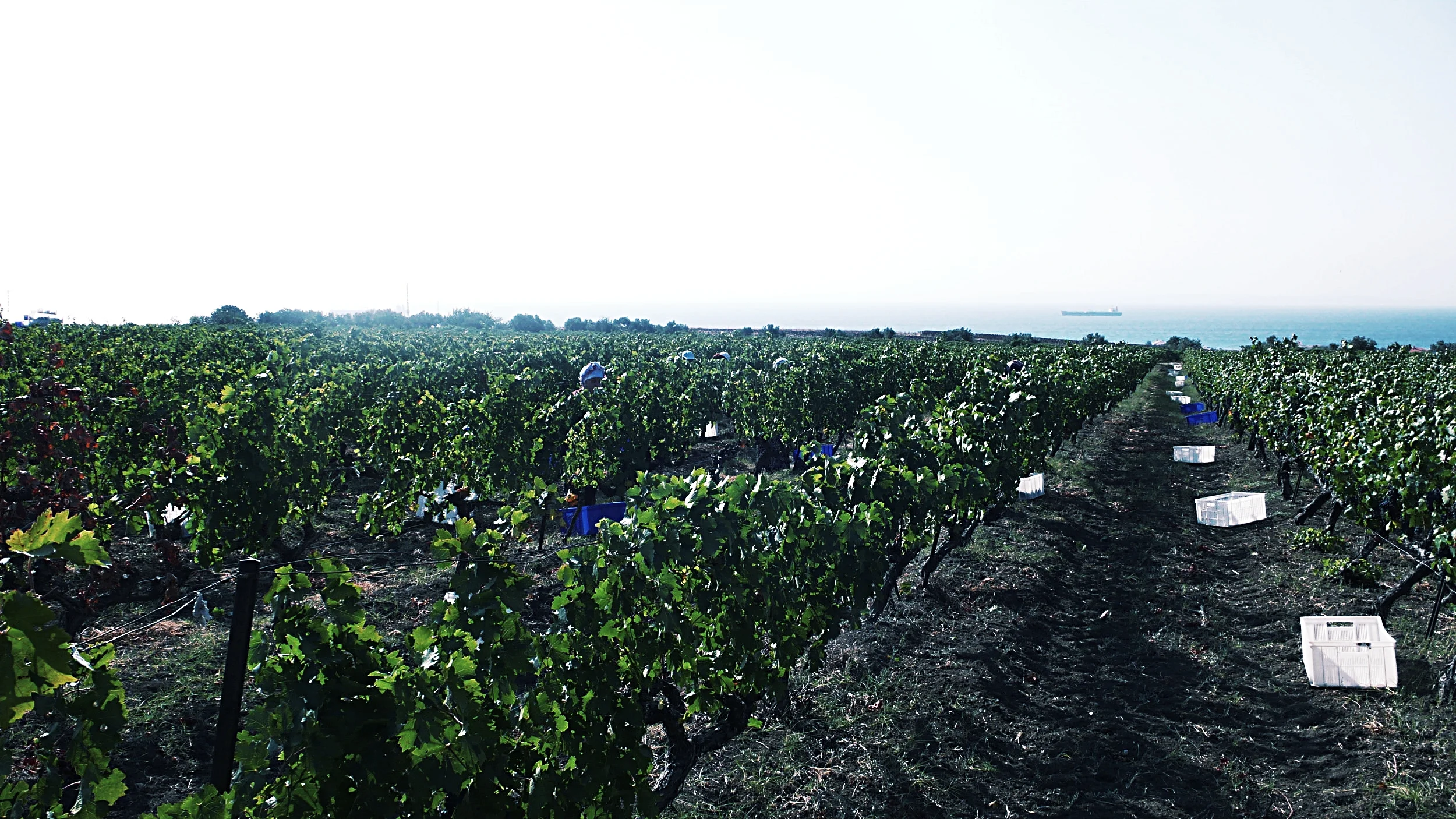Matching food and wine is something wine pros often do, but matching food with sake is not so common. Does it work? Japanese food would seem to be a no-brainer but what else might work? I was intrigued to be asked by the Japan Food Product Overseas Promotion Centre (JFOODO) to help find good sake matches for “popular British dishes.”
There was a time when English food and British food was a joke, especially outside the UK. Early industrialisation helped break the link between the land and food and post-war rationing and an obsession with cheap food didn’t help either. So while there are no doubt authentic English/British classics, such as fish & chips, roasts of all descriptions and bangers & mash, there is openness in these isles to all kinds of foreign cuisines. Three favourite ‘foreign’ cuisines came to my mind: the British love Chinese, Indian & Italian dishes.
Our friends at JFOODO came up with a selection of eight dishes that covered lots of bases and we assembled a crack team of on trade focused wine professionals to taste our way through them, trying each dish with one wine each and three sakes,
Our team was: Christine Parkinson, Group Head of Wine at Hakkasan; Antony Moss MW, Sake Samurai & Director of Strategic Planning at WSET; Ben Henshaw, MD of Indigo Wine; Mark Andrew MW, of Noble Rot and Isa Baal MS. Our brief was to assess which sake/sakes showed good food pairing and why, compared with wine. We were looking for styles that worked, rather than individual sakes.
The range and diversity of sakes styles and labels can be intimidating, particularly for new sake drinkers, so we decided to avoid the more conventional terms and come up with some broad categories: Fizzy, sweet; Fragrant, dry; Fragrant sweet; Cereal, steely; Cereal savoury and Aged, spicy.
What we tasted
Salmon sushi
The fragrant, sweet (sparkling) style was a strong contender for best match, but some found its sweetness and personality dominated the salmon. In fact the fragrant, dry (daiginjo) style had strongest overall support by creating a harmonious pairing. For me, umami in the sake, was the key to the successful match here, though several of our panel commented that condiments (like soy and wasabi) were crucial in affecting the match. Compared to the wine pair (an Alvarinho) all the sakes removed the fishiness of the dish.
Deep fried squid
All the sakes worked well with the squid, though the fragrant, sweet (junmai ginjo) sake had the strongest support here & several judges noted that a squeeze of lemon enhanced the match, but competed with the wine. The cereal steely (honjozo) was the best combination for me, prompting the observation that unpretentious food works with unpretentious sake.
Foie Gras Torchon
The sweetness in both wine (Tokaj) and sakes posed challenges for this pairing. This was a controversial one: three of the panel voted the aged spicy (koshu) our top pairing, while two voted it worst. The fans liked the drama and complexity of the match; the others found the sake too distinctive and overpowering. I suspect this style of sake – showing overt maturity and funky complexity - remains controversial; it is in some ways the antithesis of what most of us expect sake should taste like. Incidentally, the Tokay scored well, but didn’t beat the overall score of the koshu.
Fish & Chips
Fish and chips is a dish that loves sake, so it’s hard to go wrong but our winning pairing was with fizzy, sweet (sparkling) sake. Not everyone liked the sake’s sweetness, but its fans loved its freshness. Is the sparkle significant perhaps? After all, there are lots of fans of Champagne matched with fish and chips. Once again condiments were significant too: the tartare really made a difference making decent combos much more interesting
Tagliatelle al Ragu
This dish is of course what you might call a posh version of spag boll. No surprise then that the Chianti Classico paired very well here, showing that usually clichés reflect some kind of truth: in this case a slow cooked meat sauce with a bit of tomato in it marries well with the acid bite of a good Sangiovese. However, the surprise here for me was that all the sakes performed very strongly: we found harmony, perhaps because umami was a key shared character of both dish and sakes. With its easy drinkability the unpretentious cereal steely (honjozo) worked best with the dish.
Chicken Korma
Isa really went rogue here, with an unusual & inspired wine choice of 15 Year Old Madeira Boal. Of the sakes, cereal, savoury (junmai) came out tops of the pairings, but interestingly there wasn’t really a consistent theme in the judges opinions of how the match worked; some found harmony, others refreshment
King Pao Chicken
The Szechuan pepper in this dish was a challenge, perhaps because of its stimulating, numbing effect on the trigeminal nerve, bringing a note of bitterness for some and presenting a real challenge to the wine, an Australian Shiraz. All the sake pairs worked. Isa observed that tomato is key for sake matching because when it is cooked, you concentrate the umami and again we find the balance of umami on dish and in glass makes the match.
Lamb Jalfrezi
A sake friendly dish here, intriguingly the most successful pairing fragrant, sweet (junmai ginjo) saw the heat and spice enhanced, ebbing and flowing AND in harmony, whereas the spice effect clashed with the tannins in the red wine.
The heat and spice of this dish rises and fall with each sip of sake, while the flavours find satisfying harmony and the sake provides a soothing, soft finish
What we learned
Sake really can make a good partner for a diverse range of foods. Do experiment with different styles of sake and don’t be afraid to try them with the food you like to eat, whatever it is.


